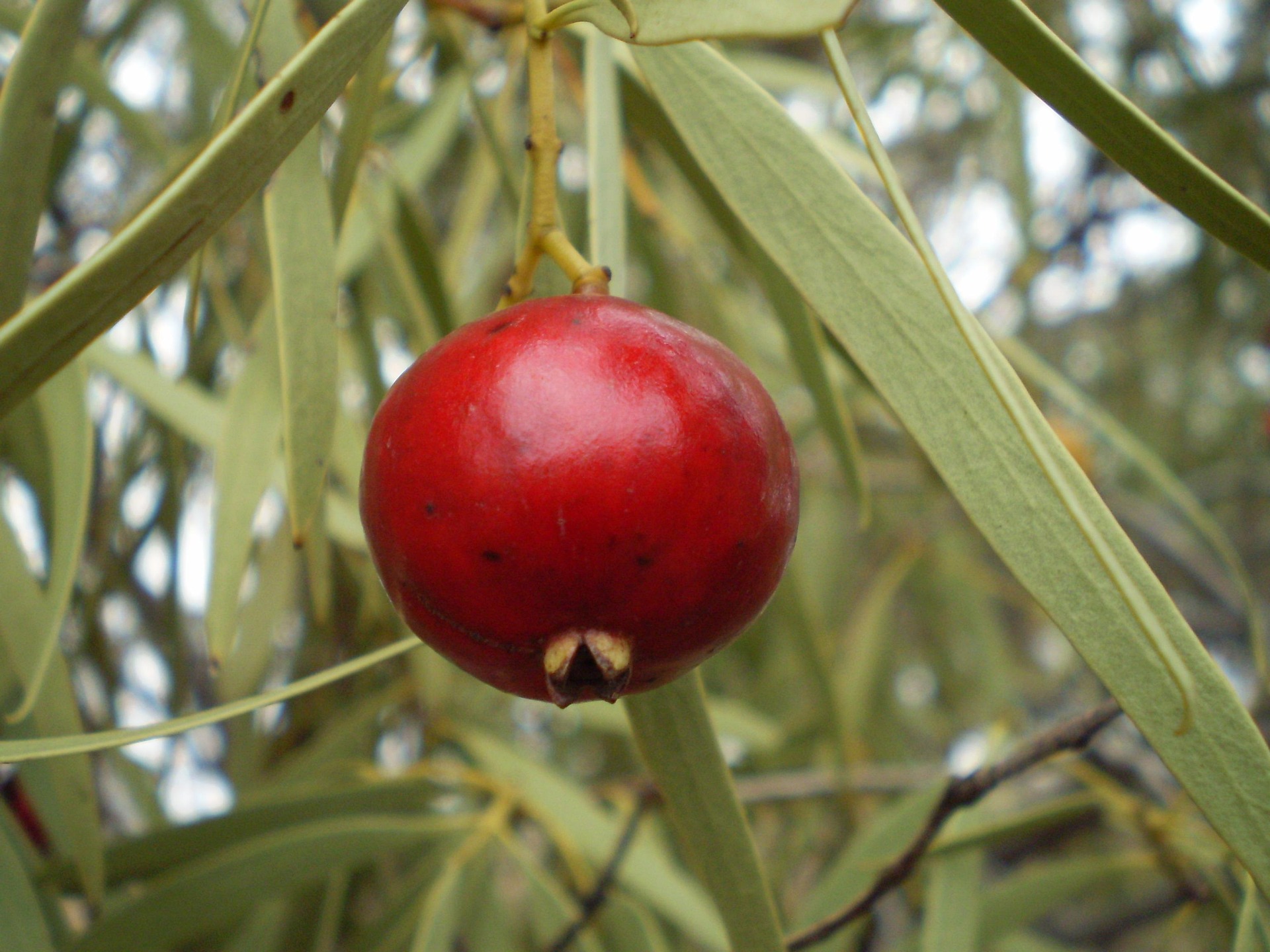Unveiling the Mysteries of Cambodian Cuisine: A Fresh, Unique Perspective
Cambodia, a small and yet culturally rich Southeast Asian nation, has a vibrant culinary scene that often takes a backseat to its more popular neighbors, Thailand and Vietnam. But it's high time we delve into the unique, unexplored flavors of Cambodian cuisine, from its traditional staples to its innovative culinary twists.

A Taste of Tradition: Cambodian Staple Foods
Like many Southeast Asian cuisines, Cambodian food, also known as Khmer cuisine, centers around rice and noodles. The national dish is a fish curry called Amok, steamed to perfection in banana leaves. Cambodia’s version of the popular noodle soup, Kuy Teav, is a delightful meander through a blend of deep, savory broth, tender meat, and fresh herbs.
The Spice Route: Cambodian Flavor Palette
Cambodian cuisine is all about balance, blending sweet, sour, salty, and bitter flavors. Prahok, a fermented fish paste, is the secret weapon in many Cambodian kitchens, lending dishes a rich, umami flavor. Fresh local herbs such as lemongrass, galangal, and kaffir lime leaves add a fragrant dimension to the dishes.
From Street to Gourmet: The Evolution of Cambodian Cuisine
While Cambodian street food is a riot of flavors and textures, a new wave of chefs is putting a gourmet spin on traditional dishes. Nom Banh Chok, a noodle dish typically sold by street vendors, is being reinvented in upscale Cambodian restaurants, with handmade noodles and organic ingredients.
Innovations and Trends: Cambodian Fusion Food
A growing trend in Cambodia’s culinary scene is the fusion of local flavors with international cuisines. French-Cambodian fusion is particularly popular, a delightful blend of Cambodia’s traditional spices and flavors with French culinary techniques and presentation.
The Sweet Side: Cambodian Desserts
Cambodian desserts, often overlooked, are a delightful discovery. Many desserts are fruit-based, with tropical fruits like mango, durian, and banana taking center stage. Sticky rice, coconut milk, and palm sugar are staples in the sweet kitchen, creating desserts that are both satisfying and not overly sweet.
Nuggets of Wisdom: Unraveling Cambodian Cuisine
-
Cambodian food is often enjoyed with a side of fresh vegetables and herbs, to balance out the rich flavors.
-
Cambodia’s history with France has left a lasting impact on its cuisine, with baguettes and pastries a common sight in local bakeries.
-
Insects, such as crickets and tarantulas, are considered delicacies and often found in local markets and street food stalls.
Cambodian cuisine, with its balance of flavors, fresh ingredients, and innovative culinary trends, is a gastronomical journey worth embarking upon. As we unravel the mysteries of this overlooked cuisine, we come to appreciate the depth and complexity of its flavors and techniques. Here’s to expanding our culinary horizons and embracing the diverse tastes of the world!





